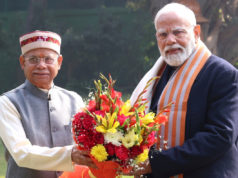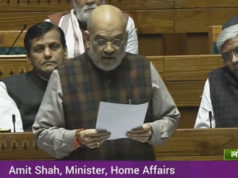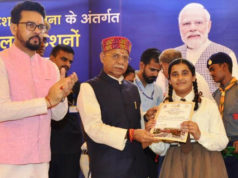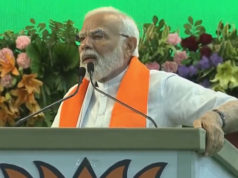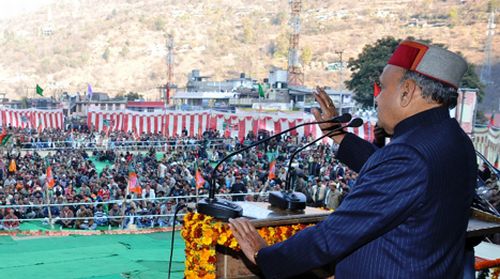The long-awaited inauguration of the new Parliament building is just around the corner, as Prime Minister Narendra Modi is set to preside over the grand event on Sunday. This architectural marvel not only showcases breathtaking design but also serves as a tangible embodiment of the cherished principle of “Ek Bharat Shreshtha Bharat,” symbolizing the hopes and dreams of the 1.4 billion Indians it represents. With its imposing presence, the new Parliament building is poised to become a source of immense pride for every citizen of the nation.
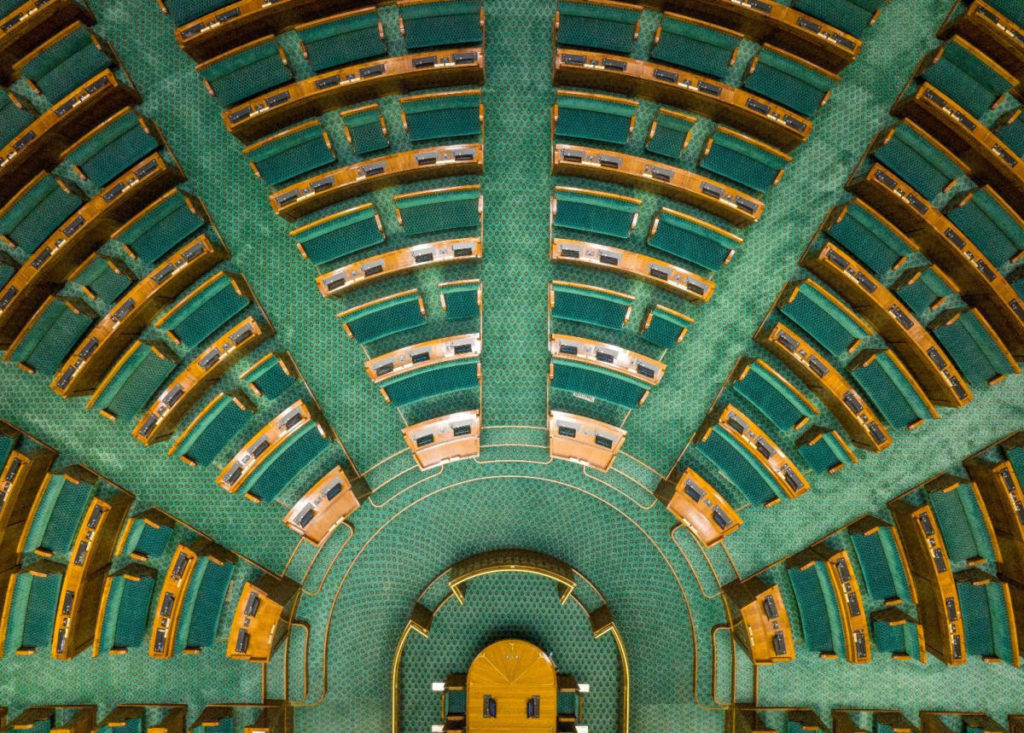
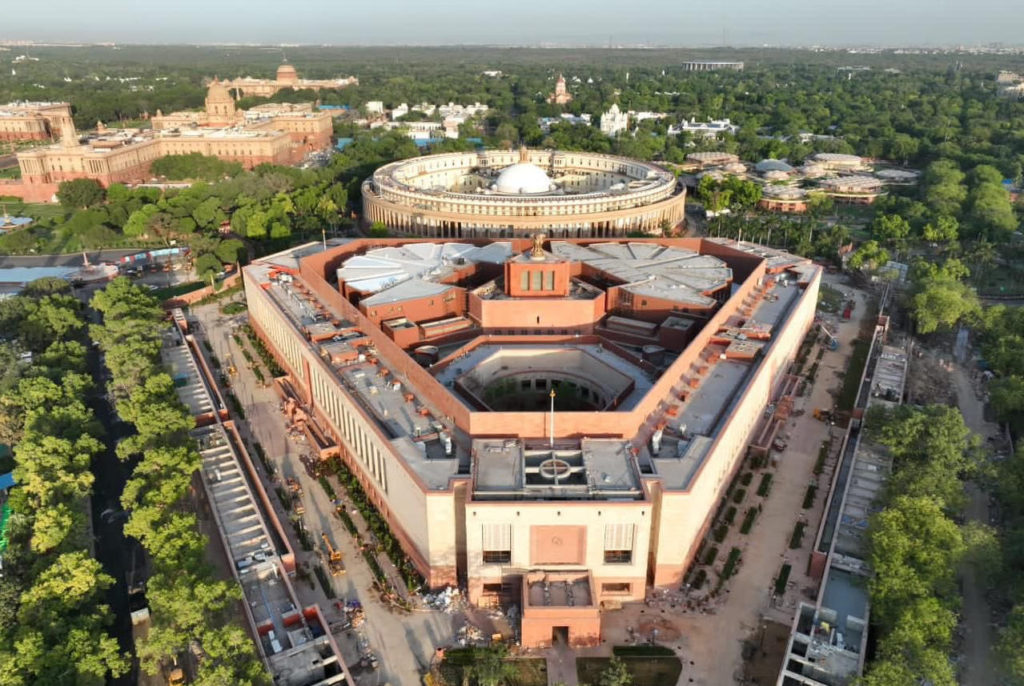
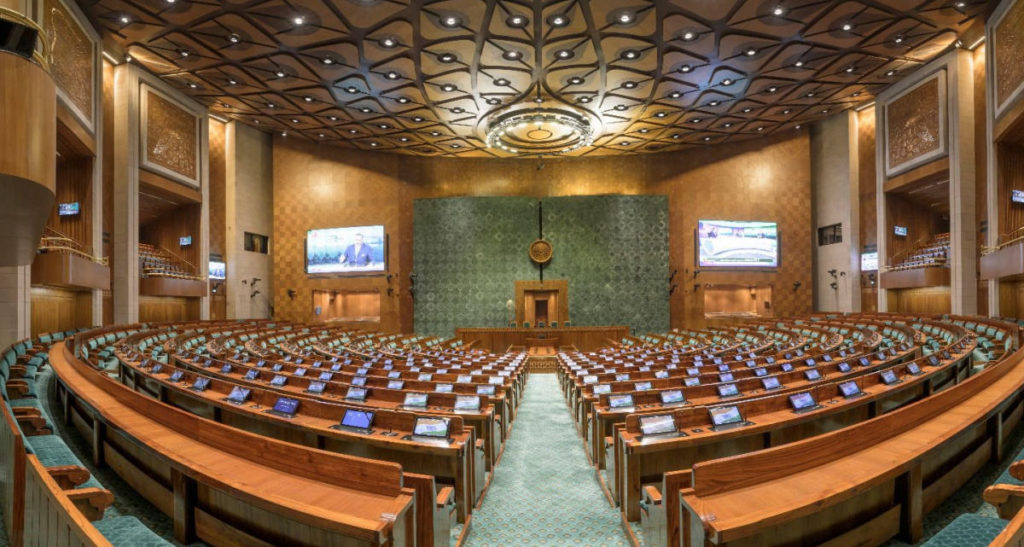
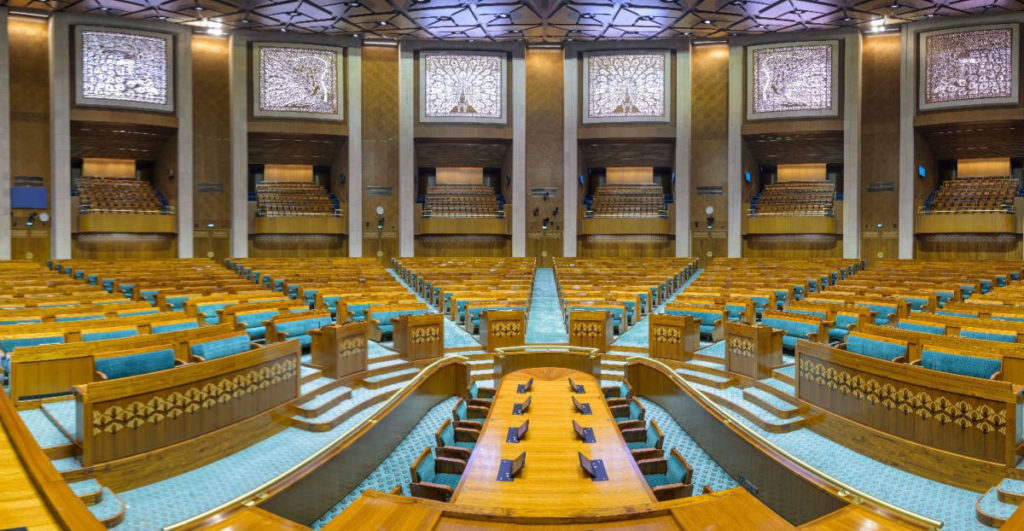
The decision to construct a new Parliament building stemmed from the limitations posed by the existing structure, which dates back to 1927. Originally designed without consideration for a bicameral legislature in a fully-fledged democracy, the outdated building has struggled to accommodate the evolving needs of lawmakers. The seating arrangements, established with 545 Lok Sabha seats since the 1971 Census-based delimitation, have become increasingly cramped and cumbersome, hindering smooth operations within the chambers.
Compounding the issue is the challenge faced during joint sessions, where the limited seating capacity exacerbates the problem and hampers effective collaboration among lawmakers. Moreover, the lack of adequate space for movement poses a significant security risk, further underscoring the necessity for a more modern and spacious facility. This need is expected to intensify after 2026 when the freeze on the total number of seats expires, potentially leading to an even greater demand for space.
In response to these pressing concerns, the government has devised an ambitious plan as part of the new Parliament building project. The proposal entails expanding the Lok Sabha seating to accommodate 888 members and the Rajya Sabha seating to cater to 348 members, a substantial increase from the current capacity. By contrast, the existing structure can only accommodate 543 seats in the Lok Sabha and 250 seats in the Rajya Sabha.
This strategic move to address the space limitations within the legislative chambers reflects the government’s unwavering commitment to facilitating efficient and productive parliamentary proceedings. The new Parliament building represents a forward-thinking approach, carefully designed to meet the evolving demands of India’s democratic system. The state-of-the-art facility will provide lawmakers with a purpose-built environment that promotes seamless collaboration, streamlines operations and enhances the overall effectiveness of legislative processes.
As the much-anticipated inauguration draws near, excitement is mounting among citizens, who eagerly await the official unveiling of this architectural marvel. The new Parliament building stands as a testament to India’s unwavering commitment to progress, as it strives to create an inclusive and dynamic democratic framework that will shape the nation’s future.



